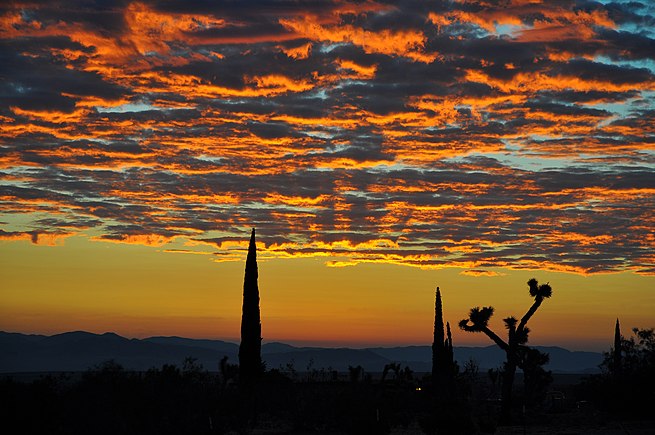
Main Difference
The main difference between Dawn and Twilight is that the Dawn is a time that marks the beginning of the twilight before sunrise and Twilight is a illumination of the Earth’s lower atmosphere when the Sun itself is not directly visible because it is below the horizon
-
Dawn
Dawn, from an Old English verb dagian: “to become day”, is the time that marks the beginning of twilight before sunrise. It is recognized by the appearance of indirect sunlight being scattered in the atmosphere, when the centre of the Sun’s disc reaches 18° below the horizon. This dawn twilight period will last until sunrise (when the Sun’s upper limb breaks the horizon), as the diffused light becomes direct sunlight.
-
Twilight
Twilight on Earth is the illumination of the lower atmosphere when the Sun itself is not directly visible because it is below the horizon. Twilight is produced by sunlight scattering in the upper atmosphere, illuminating the lower atmosphere so that Earth’s surface is neither completely lit nor completely dark. The word twilight is also used to denote the periods of time when this illumination occurs.The farther the Sun is below the horizon, the dimmer the twilight (other things such as atmospheric conditions being equal). When the Sun reaches 18° below the horizon, the twilight’s brightness is nearly zero, and evening twilight becomes nighttime. When the Sun again reaches 18° below the horizon, nighttime becomes morning twilight. Owing to its distinctive quality, primarily the absence of shadows and the appearance of objects silhouetted against the lit sky, twilight has long been popular with photographers, who sometimes refer to it as “sweet light”, and painters, who often refer to it as the blue hour, after the French expression l’heure bleue.
Twilight should not be confused with auroras, which can have a similar appearance in the night sky at high latitudes.
By analogy with evening twilight, the word twilight is also sometimes used metaphorically, to imply that something is losing strength and approaching its end. For example, very old people may be said to be “in the twilight of their lives”. The collateral adjective for twilight is crepuscular, which may be used to describe the behavior of animals that are most active during this period.
-
Dawn (verb)
To begin to brighten with daylight.
“A new day dawns.”
-
Dawn (verb)
To start to appear or be realized.
“I don’t want to be there when the truth dawns on him.”
-
Dawn (verb)
To begin to give promise; to begin to appear or to expand.
-
Dawn (noun)
The morning twilight period immediately before sunrise.
-
Dawn (noun)
The rising of the sun.
-
Dawn (noun)
The time when the sun rises.
“She rose before dawn to meet the train.”
-
Dawn (noun)
The beginning.
“the dawn of civilization”
-
Twilight (noun)
The soft light in the sky seen before the rising and (especially) after the setting of the sun, occasioned by the illumination of the earth’s atmosphere by the direct rays of the sun and their reflection on the earth.
“I could just make out her face in the twilight.”
-
Twilight (noun)
The time when this light is visible; the period between daylight and darkness.
“It was twilight by the time I got back home.”
-
Twilight (noun)
The time when the sun is less than 18° below the horizon.
-
Twilight (noun)
Any faint light through which something is seen; an in-between or fading condition.
“The twilight of one’s life”
-
Twilight (adjective)
Pertaining to or resembling twilight; faintly illuminated; obscure.
-
Twilight (verb)
To illuminate faintly.
